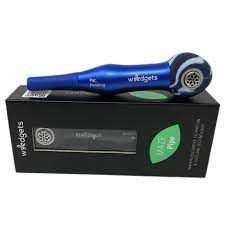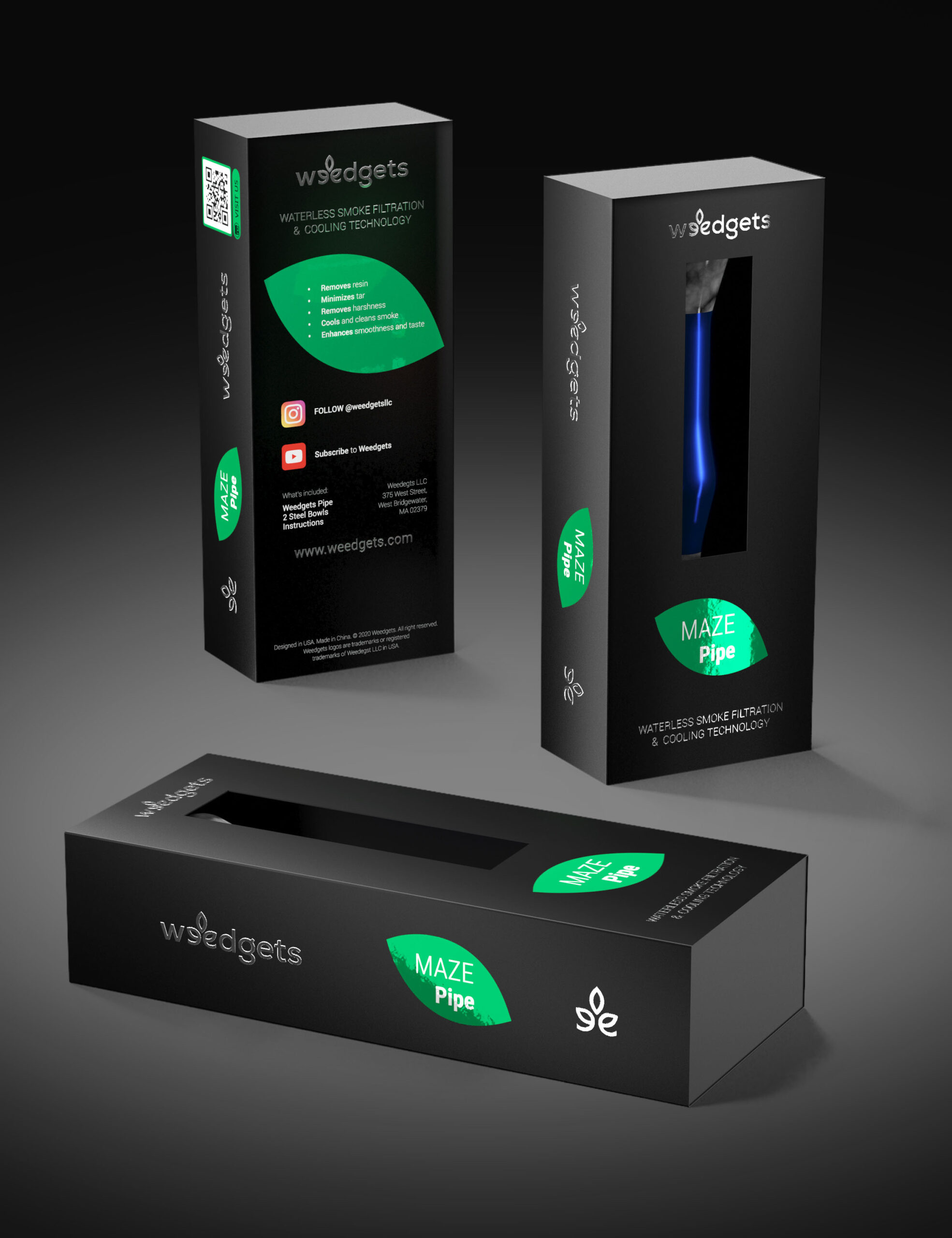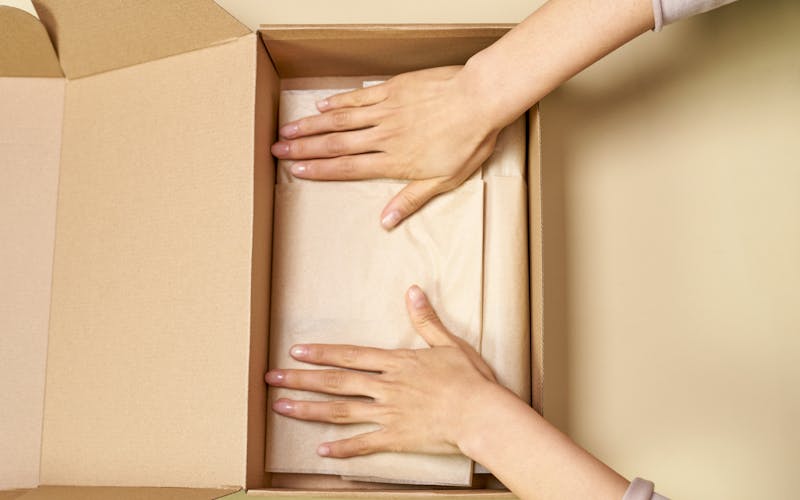The battle between the old and the new as everything shifts to digital and AI offers many new considerations for business owners. One example is the product/retail packaging sector.
Retail packaging comes with a set of compliance requirements from the Fair Packaging and Labeling Act (FPLA) implemented by the Federal Trade Commission (FTC). The FTC establishes labeling requirements for consumer commodities to facilitate value comparisons among similar products. They also aim to prevent deceptive packaging and labeling claims for household goods.
In general, retail packaging requirements in the United States include the following rules: identity of commodity; name and place of business of manufacturer, packer, distributor; net quantity of contents; using the units of both the customary inch/pound of system measure; and labels that are printed in a font and typeface that are to be in a fixed proportion to the main viewing window of the package and consistent across all parcels of roughly equivalent size.
In cannabis retail packaging, compliance is set by each state rather than the federal government. There are some general requirements adopted by all legalized states, like child resistance, designs that are not attractive to children, and warning labels, to name a few.
Packaging for smokables and edibles may have different requirements. Kathy Knutson Ph.D., PCQI, chair of the education committee of the National Cannabis Industry Association, and author of Food Safety Lessons for Cannabis-Infused Edibles offers insight into all cannabis-infused edibles in an article that she wrote for Food Safety Magazine.
She listed the following general requirements: functional and protective of the contents, opaque, portioned or individually wrapped, tamper-evident, child-resistant, and unattractive to minors.
To discuss retail packaging for non-edible and non-smokable cannabis products and the difference between online retailers and brick-and-mortar retailers, Cannabis & Tech Today sat down with Michael Barenboym, a world-renowned medical-device engineer and designer who spent more than 35 years developing life-saving technologies.

Barenboym has patented over 100 technologies: artificial heart systems, spine reconstructive surgical equipment, cancer ablation devices, and automated resuscitation machines, to name a few.
In 2019 he founded Weedgets, a company that creates innovative, patented smoking devices like waterless pipes, reusable filter tips for blunts/joints, and replaceable glass bowls for pipes. His devices allow smokers to remove the worst parts of smoking: harsh throat burn and debris.

Cannabis & Tech Today: Have you designed or created product packaging in other industries? What are a few major compliance differences?
Michael Barenboym: Yes. I lead a packaging engineering group in the medical device industry. Compliance is very strict in the medical industry and package testing in that industry has to pass tests like drop testing, water and dust repellent testing, and UV light testing to name a few.
C&T Today: Should online retailers and brick-and-mortar retailers have different packaging goals or compliance considerations?
MB: I think the goal for packaging for both online and brick-and-mortar storefronts should be the same — to better protect the goods and to have a nice, ergonomic appeal to the customer.
C&T Today: Did you spend a lot of time researching compliance rules for Weedgets product packaging; what about tests like those in the medical device industry?
MB: There wasn’t a big focus on compliance for packaging for our various products and accessories because these products do not require any compliance; however, we do try to design packaging to protect from accidents or easy opening by children. Tests like drop tests were done to ensure the durability and delivery of undamaged products.
C&T Today: What kind of role did transportation and storage of products play in Weedgets packaging design?
MB: All of our product packaging for pipes and accessories is designed for a long shelf life. We also pay attention to design for long-distance transportation to avoid damage when boxes are thrown around by shipping personnel. It is also important to minimize empty spaces in cartons to save on transportation fees.
C&T Today: If Weedgets were to open a brick-and-mortar location or have products in dispensaries, would packaging be different for those products?
MB: Our packaging will stay the same for any dispensary or brick-and-mortar store. Our packaging provides all the necessary information regardless of where it’s sold.
C&T Today: What materials are used for Weedgets packaging?
MB: We use carton boxes for shipping but all of our pipes are packaged in plastic sealed containers to minimize exposure to weather.
C&T Today: How does product packaging play a role in marketing?
MB: Product packaging is a perfect tool for spreading the word about your company and its products. You have to ask yourself a question: “How do you make your customers share your company information?”

The best method of design is to have packaging that can be repurposed after the product has been used. A great example of that would be our best nano crystal charcoal filters for joints and all our pipes. They come in a tin black box that can be used afterward, for storing and carrying joints, flower, and other small tools.
C&T Today: What’s one thing you learned and one thing you can teach about product packaging for cannabis consumption products and accessories?
MB: You have to be very innovative in terms of packaging. The packaging that is not thrown away and can be reused time after time is always a reminder of your company when people see logos and product information.
This article first appeared in Volume 5 Issue 3 of Cannabis & Tech Today. Read the full issue here.
Author
-

Veronica Castillo is an over 100 times published, in 14+ magazines, Traveling Cannabis Writer. She was a nomadic writer on the road covering all things cannabis, hemp, and overall plant medicines for 5 years, and recently came back home to Florida, making it her homebase once again. Her body of work can be found in both digital and print publications, where she provides cannabis, psychedelics, and vegan industry and community insights from more than five journeys around the country. She is not only a writer, she is also a collaborator and connector, and always seeking to bring to light the hidden gems in the plant space. You can follow her journey on Instagram: @vee_travelingvegcannawriter and/or LinkedIn: @Traveling Cannabis Writer






